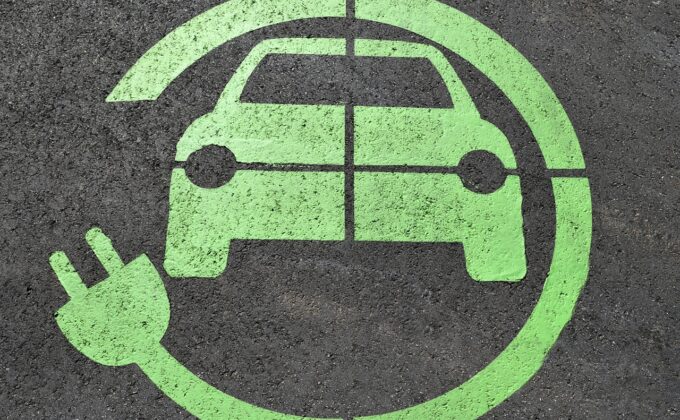Chi Gao supports RAP’s research and outreach in China, especially on topics such as electricity market design, resource adequacy and renewable energy integration. He works with partner organizations and scholars to advance RAP’s mission.
Gao joined RAP in 2022 after graduating from his master’s program, where he worked with Dr. Michael Davidson and scholars at Tsinghua University on modeling China’s renewable energy pathway for a successful transition toward its 2060 carbon neutrality goal. During his study, Gao also interned with the Southeast Asia program at the Stimson Center, where he worked on issues related to the energy, water and food nexus in the Greater Mekong Subregion using geospatial methods.
Chi Gao earned a master’s degree in Chinese economic and political affairs with a Chinese environment concentration from the School of Global Policy and Strategy at the University of California, San Diego. He received groundwork training in the politics of energy systems and a suite of quantitative methods that support energy systems analysis: econometrics, optimization methods for power system planning, and geospatial analysis. He also holds a bachelor’s degree in mathematics and computer science from UC San Diego.
How Chi Gao is Energizing Change

交通+电力协同规划:解锁车网融合灵活性效益
车网融合是应对电动汽车充电需求快速增长的关键策略。通过智能有序充电,电动汽车不仅可以减轻对电网的压力,还能成为重要的灵活性资源。实现这一目标的基础在于通过交通和电力部门的紧密合作达成的车网协同规划。为推进车网协同规划,我们建议在进行电力规划时应首先考虑经合理疏导后电动汽车充电行为的灵活性,并且根据电网需要,通过扎实、基于实证的分析来推算合理优化后的有序充电行为,将优化后的充电曲线叠加其他负荷来相应安排电力投资计划。协同规划大致可以分为三步:(1) 多方利益相关者参与、(2)电动汽车灵活充电能力测算、以及(3)将电动汽车灵活性纳入电网规划。这种规划方式可以减少传统调峰资源投资、配合可再生能源发电、减少配电侧非必要投资,从而降低系统总成本。 本文首刊于《南方能源观察》,2024年11月4日… Read More +

容量补偿机制设计思路探讨
2023年11月10日,国家发改委和国家能源局联合印发了《关于建立煤电容量补偿电价机制的通知》(发改价格〔2023〕1501号)。2024年初,各地相继出台了煤电容量补偿机制。然而若要引导电力系统转型朝着更加经济、环保的方向前进,必要的下一步是将公平竞争引入容量采购。虽然一些中央政策文件和市场规则鼓励新型资源(储能、需求侧资源、电动汽车)提供容量,目前仍鲜有项目落地——电力行业对于新型资源的可靠性和如何提供容量等问题仍缺乏共识。本文首先回归“容量”这一概念,并指出了多元新型资源提供容量的经济效应和可靠性,最后以美国东部的电力区域市场, ISO-NE为例,详细介绍了需求侧资源参与容量市场的流程。通过这一案例分析,本文重新审视了“唯有煤电才能提供容量”的论断,并且强调了(1)普适于多种资源的通用容量贡献评价标准和(2)竞争采购过程对于系统可靠性的重要作用。 本文首刊于《能源决策参考》,2024年6月28日… Read More +

